These Trees Tolerate Wet FeetIt's really no surprise that native plants are nature's problem solvers in lowcountry landscapes. They've adapted to our some of our region's most adverse growing conditions such as dry or wet soils, salt exposure, and Charleston's hot, humid summers. Listed here are native tree cultivars that address one issue that Charleston residents know well - wet soils, or areas that tend to hold water in their landscapes after heavy rains. The good news is that each of these varieties provide a beautiful and functional solution when deciding what to plant in or near those damp, problem areas.
All of these native trees and more are available now at our Garden Center at 1290 Brownswood Road on Johns Island. Come out to see us soon - a Nursery Professional would be happy to assist you in choosing the perfect tree for your landscape! For Planting Success:We highly recommend amending the soil in your planting area with Brownswood Premium Planting Mix as well as a starter fertilizer such as Espoma Organic Bio-tone® Starter Plus to give your new plants their best start. You can find our Planting Guide at the link below. It provides planting instructions and helpful information about watering and getting new plants established. We look forward to seeing you at the Garden Center!
Why Choose Native Plants?Whether you are adding to, renovating, or starting fresh with your home's landscape, including plants that are native to our growing region is well worth considering for a variety of reasons. Benefits of native plant varieties include, but are not limited to:
Among the many native plants we grow and stock throughout the year at the Nursery, the following are some of our guests' favorites. 15 Native Plants for Lowcountry Gardens Grasses/Perennials/Vines Sweetgrass - A Lowcountry favorite that stands up to heat and drought once established. Best suited to well-draining sunny locations, this perennial grass remains an attractive shade of green throughout spring and summer, then offers showy, cotton-candy-pink plumes in fall. Black-Eyed Susan - The cheery Black-Eyed Susan flower is a pollinator garden mainstay that stands proudly at a mature height of 2 to 3 feet tall. This tough perennial is tolerant of less than ideal soils, including clay, and prefers full sun. Rudbeckia varieties come in varying shades and combinations of yellow, red, and orange as well as different flower forms and mature heights. Purple Coneflower - Bees, butterflies, and hummingbirds appreciate the presence of Purple Coneflowers in the landscape. Purple Coneflowers are sun lovers that are tolerant of a variety of soil conditions as well as heat and drought once established. Coneflower varieties are available in many colors, including pure white, and different flower forms and mature heights. Carolina Jessamine - South Carolina's state flower! This vigorous, semi-evergreen vine produces bright yellow, trumpet-shaped flowers as the first hint of spring's warmth moves across the state. Adaptable to a variety of growing conditions, Carolina Jessamine provides quick vertical coverage and can also be used as a groundcover to prevent erosion. All parts of this plant are poisonous. Shrubs/Small Trees (Less than 30 feet in height) Rabbiteye Blueberries - Believe it or not, some blueberry varieties are native to the Southeast! Rabbiteye blueberries are naturally tolerant of hot, humid conditions making them perfect for our Charleston climate. Shrubs begin flowering in February and produce heavy yields of sweet, dark blue fruits from May to June. We typically offer several different Rabbiteye varieties at our Garden Center. Plant different varieties near each other for cross pollination. Dwarf Yaupon Holly - This sturdy evergreen native is a tidy, mounded shrub that can be used as a low maintenance foundation planting, low hedge, or border. Once established, its tolerance of adverse conditions such as drought or occasional flooding proves to be an asset in Lowcountry landscapes. Dwarf Yaupon Holly shrubs can be purchased at our Nursery in shades of solid green or green with burgundy new growth. Wax Myrtle - Regarded for their adaptation to coastal salt spray, sandy soils, heat, and drought, Wax Myrtles are useful as privacy screens, informal hedges, or small trees. Wax Myrtles grow quickly to size, providing shelter and food for birds (female Wax Myrtle shrubs produce berries). American Fringe Tree - Our native Fringe Tree is a small, but showy flowering tree with blooms that resemble puffs of white appearing in late spring. As a bonus, Fringe trees offer a splash of bright yellow to the landscape when their leaves change in fall. Fringe Tree prefers full to part sun and matures to 15-20 feet tall and wide. Sweetspire - Perhaps one of the most versatile and showy native shrubs for the Lowcountry, Sweetspire offers multiple seasons of interest with sweetly scented, bottlebrush-shaped white blooms late spring through early summer and brilliant fall color in shades that range from burgundy to orange. Adaptable to sun or shade and wet or dry conditions. Sweetspire varieties come in a range of mature sizes, bloom colors, and fall foliage colors. Anise - Both yellow (parviflorum) and red (floridanum) flowering species of Anise shrubs are native to the Southeastern Coastal Plain. These hardy evergreens make excellent privacy screens for shady locations. They also tolerate damp soils and deer tend to avoid their fragrant foliage. Dwarf Sabal Palmetto - A small, shrub-like palm that offers year-round interest to such difficult-to-fill locations as damp shade, the Dwarf Sabal Palmetto proves to be quite versatile in the landscape. The Dwarf Palmetto is salt tolerant and can adapt to drier soils once established. Blooms are attractive to pollinators and the berries that follow feed birds and mammals. Deer tend not to prefer the foliage. Matures to 4 to 6 feet tall. Eastern Redbud - The striking pinky-purple blooms of the Eastern Redbud are such a joyful sight to see as one of the first signs of s pring in South Carolina! This tree is relatively small in stature, maturing to 15 to 30 feet tall, lending it very well to it's preferred location as an understory tree that will receive part shade to shade. In the Lowcountry, these trees particularly appreciate afternoon shade. Large Trees (30 feet or more in height) Dahoon Holly - One of our most popular holly trees, the Dahoon Holly is prized for its tolerance of wet, boggy soils. Maturing to approximately 20 to 30 feet with a spread of 8 to 12 feet, the Dahoon holly lends itself well to places where space is limited. Features of this beautiful tree include vibrant green new growth, flowers for pollinators, and plentiful berries for birds and mammals. For berry production, at least two Dahoon Holly trees should be present in the landscape. Southern Magnolia - The Southern Magnolia (grandiflora) is highly regarded as a representative tree of the Southeast. Depending on variety, these handsome evergreen trees can reach up to 50+ feet tall, requiring ample room to spread out in part to full sun. Southern Magnolia trees offer heavily-scented flowers that attract pollinators and bright, red seeds that provide food for wildlife. Live Oak - Last but not least, the Southern Live Oak is a grand, semi-evergreen tree that naturally occurs throughout the Southeastern Coastal Plain. Live Oak trees are adaptable to a variety of soil types and are tolerant of sea spray. They provide shelter and food for wildlife and serve as larval host plants for a variety of butterflies. Keep spacing in mind when planting new Live Oak trees as they will mature slowly to 50+ feet tall with a canopy spread of 60+ feet or more with age. At our Garden Center, we offer a large selection of native plants alongside many other top-performers for our growing region. Not sure which plant to choose? One of our Nursery Professionals will be pleased to assist you with finding the right plant for the right place upon your next visit! FOR PLANTING SUCCESS:We highly recommend amending the soil in your planting area with a Brownswood Premium Planting Mix as well as a starter fertilizer such as Espoma Organic Bio-tone® Starter Plus to give your new plants their best start. You can find our Planting Guide at the link below. It provides planting instructions and helpful information about watering and getting new plants established. We look forward to seeing you at the Garden Center! Ready to Transform Your Yard?
|
Categories
All
Archives
June 2024
|






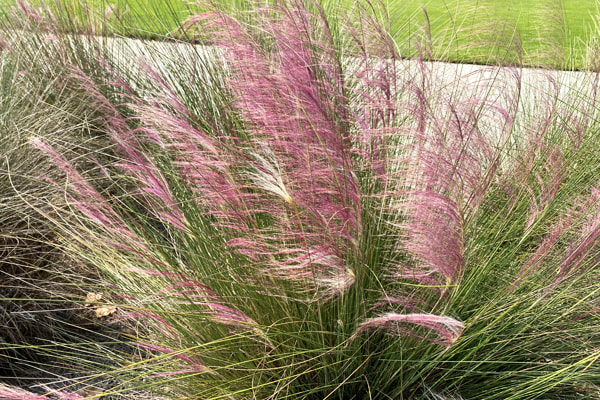
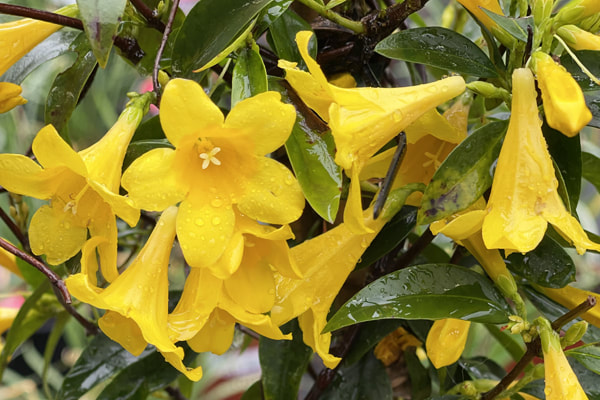
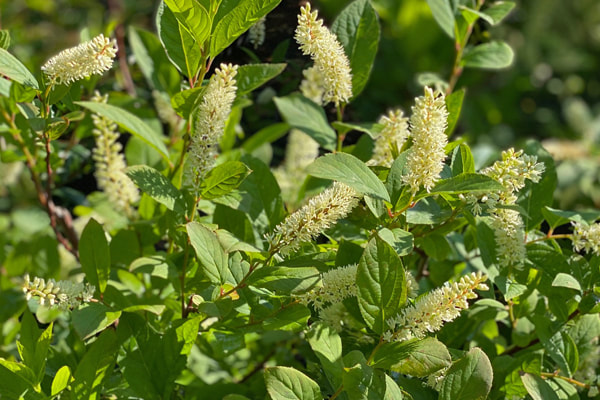

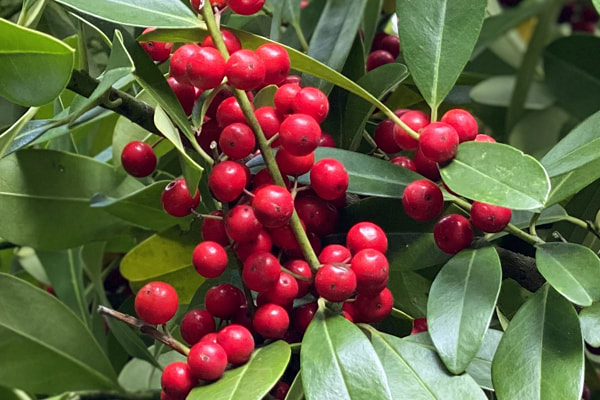
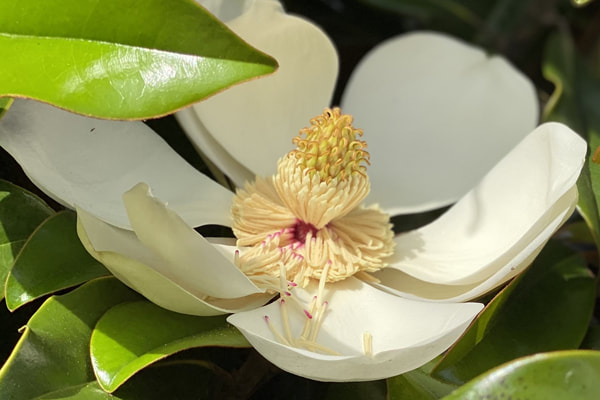
 RSS Feed
RSS Feed



